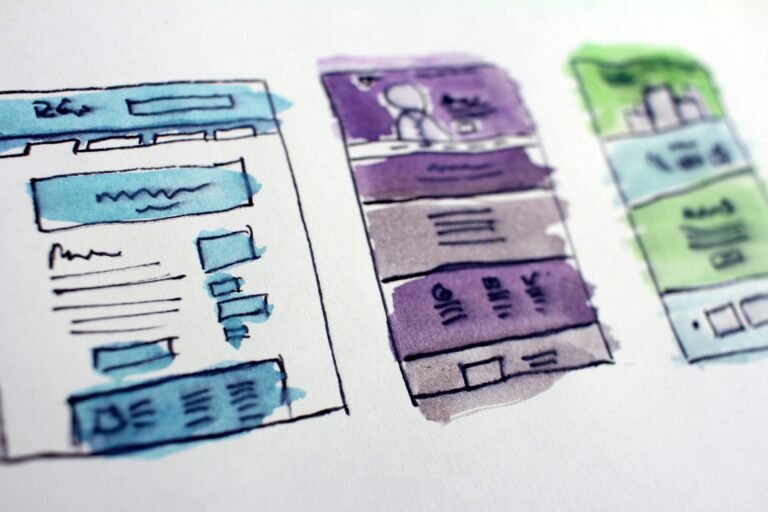Posting jobs on a board and waiting rarely works anymore. Paid recruitment ads let you reach the right people faster, whether they’re actively looking or not.
This guide shows how Meta, Google and programmatic platforms help attract better candidates and fill roles more efficiently.
Why Use Paid Ads for Recruitment?
Most candidates aren’t on job boards every day. But they are scrolling feeds, searching online and visiting sites. Paid ads let you reach them where they already spend time.
Paid recruitment ads help you:
- Target specific talent groups (Gen Z, remote workers, engineers in Berlin…)
- Get visibility beyond job boards
- Scale campaigns quickly when hiring in volume
- Track results and adjust spend in real time
Sounds like something your talent team could use? Let’s explore how three key platforms: Meta, Google, and programmatic advertising can support your recruitment marketing strategy.
1. Meta Ads: Reach People Where They Scroll
Meta (formerly Facebook) includes Facebook, Instagram, and Messenger, making it a goldmine for reaching both active and passive job seekers.
Even if your target candidate isn’t searching for jobs, they’re likely checking their feed, probably multiple times a day.
Here’s how recruiters are using Meta to attract attention:
- Video ads: Share culture stories or day-in-the-life clips
- Lead gen ads: Collect resume submissions or email sign-ups directly within the app, boosting conversion rates.
- Employer brand campaigns: Promote company culture, values and work environment
✳️ Tip: Use real images or short clips from your workplace. Stock photos feel fake.
🟩 Best for: broad awareness, customer-facing roles (retail, hospitality, support), employer brand campaigns or event promotion.
🟥 Downside: Job ads and Employment in general fall under a “special ads category” (along with Finance, Housing, Social Issues, Elections, and Politics). As a result, targeting options may be (very) limited in some territories, especially in Europe and North America.
2. Google Ads: Reach People With Intent
Google is where candidates search with clear intent, “remote analyst jobs” or “UX designer London.”
Using Google Search Ads lets you show up at the top of these queries with a clear, clickable ad.
Google networks adds reach across websites such as, YouTube and Gmail. It’s also strong for retargeting visitors who left your careers site without applying.
Depending on the product/network you select (Search network, Display network, Performance Max…), you can target based on keywords people use in their searches, or based on factors like demographics, interests, and website content.
Here are some use cases for Google Ads in recruitment:
- Location-specific hiring: Target roles in certain cities or regions
- High-intent keywords: Bid on terms like “UX designer jobs in London” or “remote analyst job openings.”
- Custom landing pages: Use targeted ad copy and send users to job-specific pages instead of a generic careers hub.
✳️ Tip: Use negative keywords to block irrelevant searches and avoid wasting ad budget.
🟩 Best for: specialized roles where candidates are actively hunting, hard-to-fill positions, technical roles, mid- to senior-level jobs.
🟥 Downside: Google Ads require a larger budget to be effective. Less than €3000 per month is small, and less than €600 per month is considered tiny.
3. Programmatic Advertising: Smarter, Scalable Job Distribution
Programmatic platforms use algorithms to automatically place and optimize your job ads across dozens (or even hundreds) of sites, job boards, niche communities, and partner networks.
They shift spend automatically to channels delivering the best results.
Here’s what programmatic platforms bring to your hiring table:
- Automated budget management: No more manually adjusting budgets based on site performance.
- Real-time optimization: Spend adapts as performance changes
- Audience targeting and retargeting: Reach new seekers and those who left your site
Leading tools in this space include Appcast, Joveo, and PandoLogic.
✳️ Tip: Closely monitor the quality of your applications across all partners. Quantity doesn’t always mean quality.
🟩 Best for: high-volume recruiting, multi-location hiring and cost-efficient scaling.
🟥 Downside: Ad fraud and bot traffic are risks. Automated systems can generate fake clicks or impressions, wasting part of the advertising budget.
How to Choose the Right Paid Advertising Mix
Not all platforms do the same thing. Think of paid recruitment ads like tools in a toolbox, different platforms fit different goals.
Here’s a quick decision guide based on your need:
- Need niche talent? Use Google + Programmatic
- Building pipelines or employer brand? Use Meta
- Hiring at scale? Use Programmatic
- Promoting events? Use Meta for storytelling and awareness
Of course, a blended approach often works best, especially when paired with strong employer branding, nurture strategies, and on-point messaging that speaks to your ideal candidate.
Final Thoughts: Paid Recruitment Ads Are No Longer Optional
Paid recruitment ads are now a standard part of hiring, it’s a core part of how modern teams find and attract talent. And with more companies investing in employer branding and performance marketing, turning on the ad tap might be just the edge you need.
Start small. Test what works. Then scale.
People aren’t just job seekers, they’re consumers of content, experiences, and impressions. With paid recruitment ads on Meta, Google, and programmatic platforms, you’re not just filling roles, you’re building your brand in the places candidates live, scroll, and search.
So the real question is: Are your ads showing up and standing out where they should?
Want to go deeper?
Check out our other resources on Recruitment Marketing and Resources, including playbooks and templates.
Need help with your Paid Recruitment Ads? Let’s talk.







